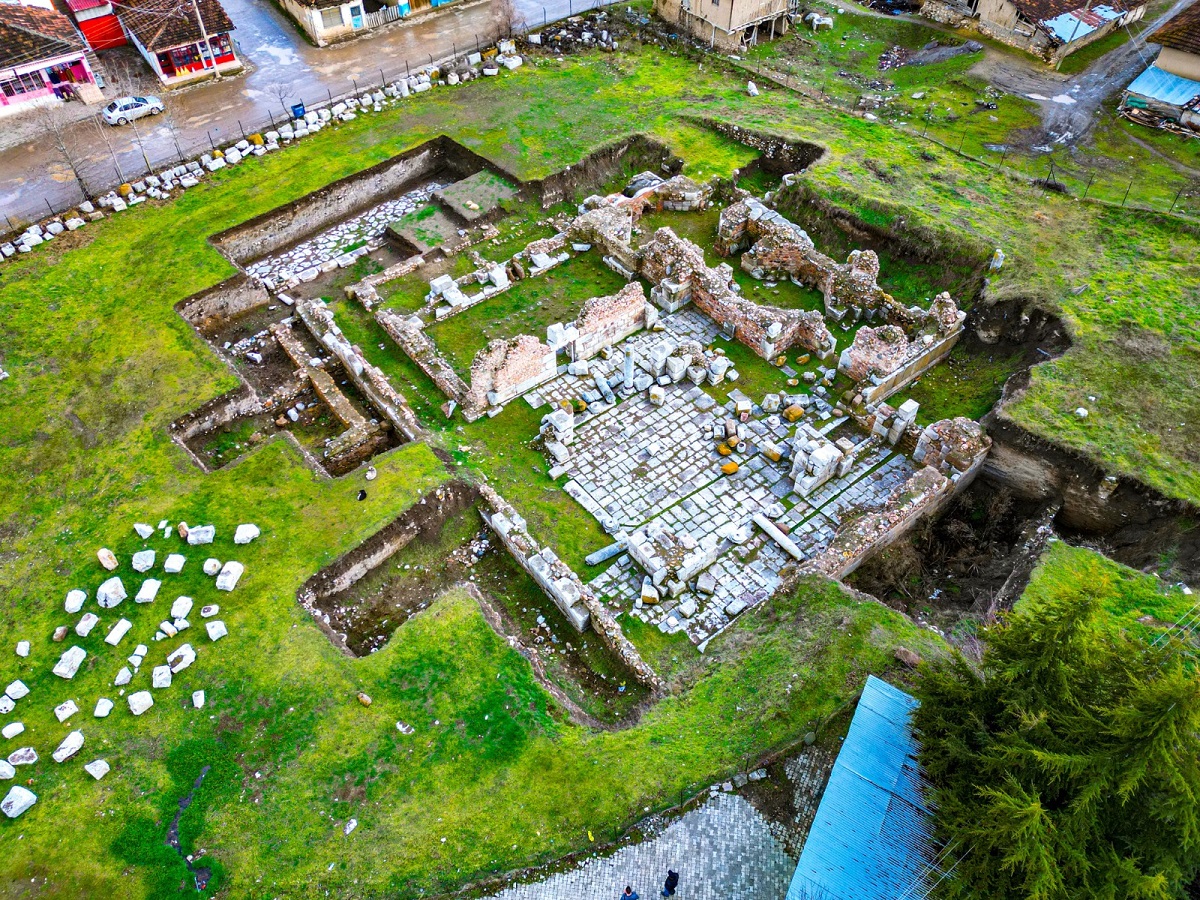Archaeologists from Ondokuz Mayıs University (OMU) are embarking on a long-term excavation project to fully uncover the ancient city of Sebastopolis.
Located in the Sulusaray district of Tokat, Turkey, Sebastopolis was an important trading centre during the Hellenistic, Roman and Byzantine periods, which according to the Antonine Itinerary was situated on a major route leading from Tavium to Sebastia (modern Sivas) and connected by a road with Caesarea (modern Kayseri).
The exact founding date of the city remains unknown, but an epitaph inscription indicates that it was given the status of a polis during the reign of Emperor Trajan (reigned AD 98 to 117).
The first archaeological studies of Sebastopolis were conducted by the Tokat Museum Directorate in 1987. Excavations resumed in 2010 under a French team and continued between 2013 and 2018 under Şengül Dilek Ful.
The latest excavations are currently focused on two main structures: a Roman Bath and a Byzantine Church, however previously unearthed inscriptions indicate other significant public buildings yet to be discovered.
According to a press statement by OMU, these inscriptions point to a gymnasium, stadium, temples dedicated to Heracles, Zeus, Hadrian, and Trajan, as well as a theatre, agora, asclepion, and necropolis.
However, since the ancient city lies beneath the modern settlement of Sulusaray, extensive work is required to uncover it fully. “This will be a long process,” said Dr. Akın Temür from OMU. “Modern structures must be expropriated and demolished to expand excavations. At this point, local administrators and business leaders have a crucial role to play.”
Another issue facing the project is the substantial labour and financial resources. Due to the archaeological site being situated in the floodplain of the Çekerek River, any archaeological remains are buried in a silt and soil layers up to 10 metres deep.
Temür highlighted that the work has so far been supported by the Special Administration and the Ministry of Culture, but larger budgets are necessary for long-term excavations and subsequent restoration. “If sufficient support is provided, we can fully unearth this city, contribute to the scientific world, and enhance the region’s tourism potential,” said Temür.
Header Image Credit : OMU
Sources : Ondokuz Mayıs University





